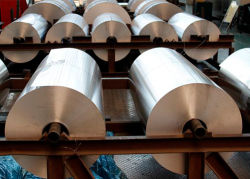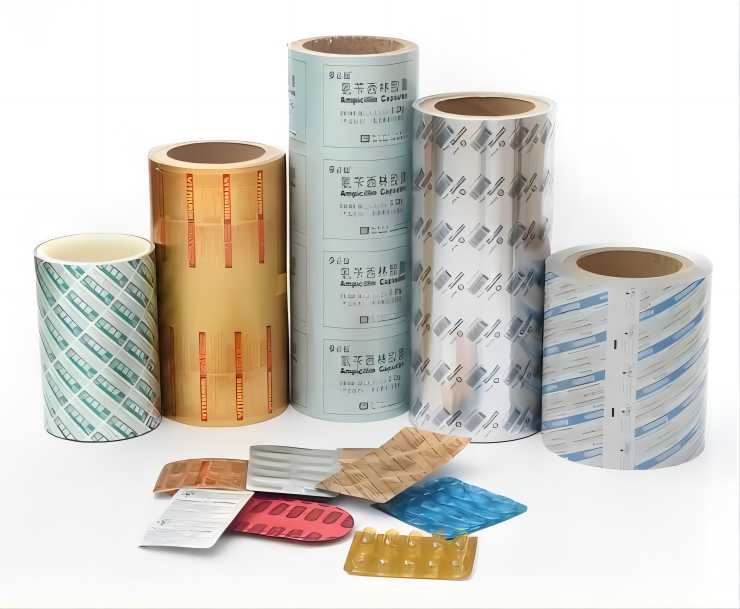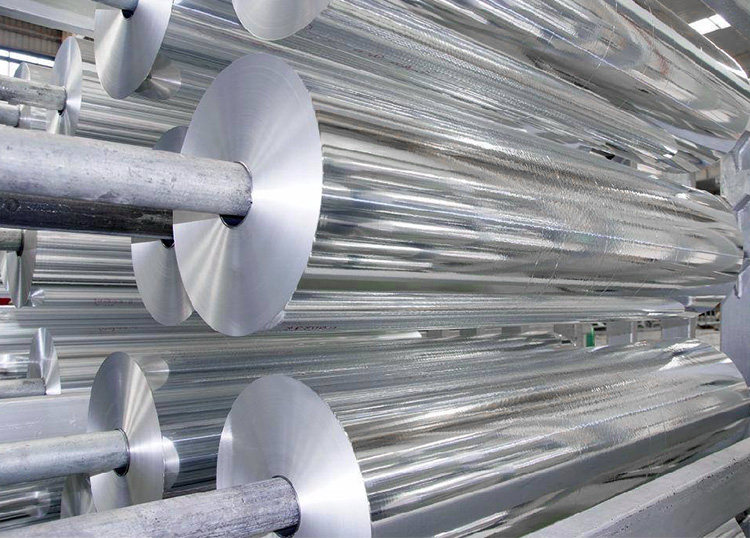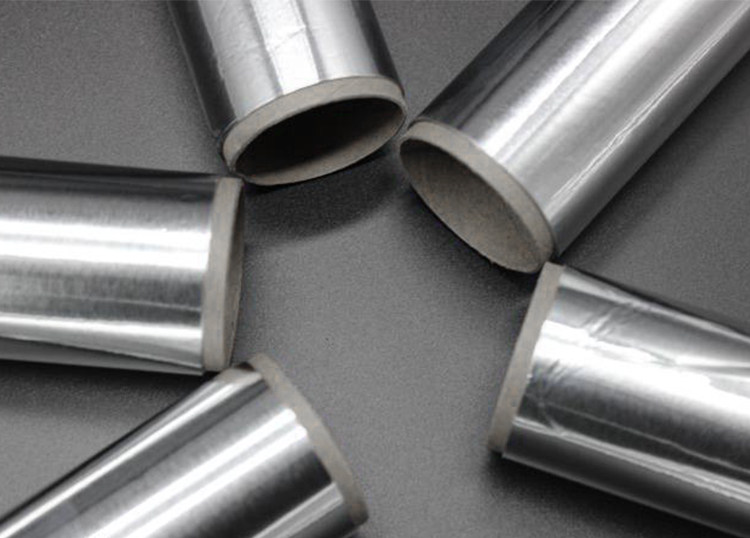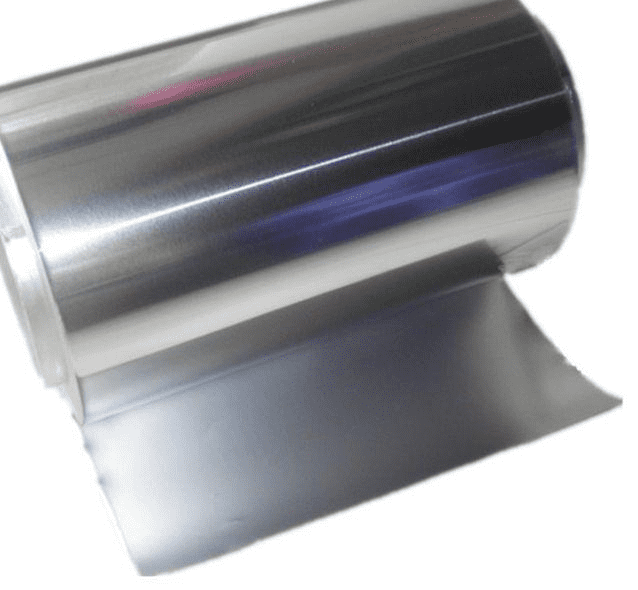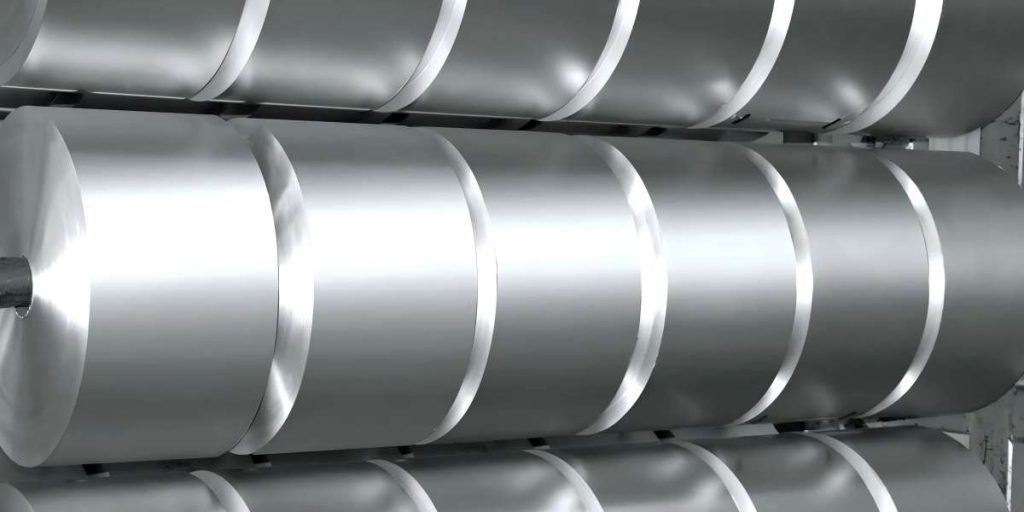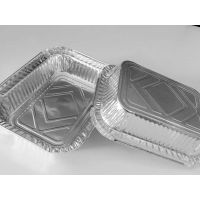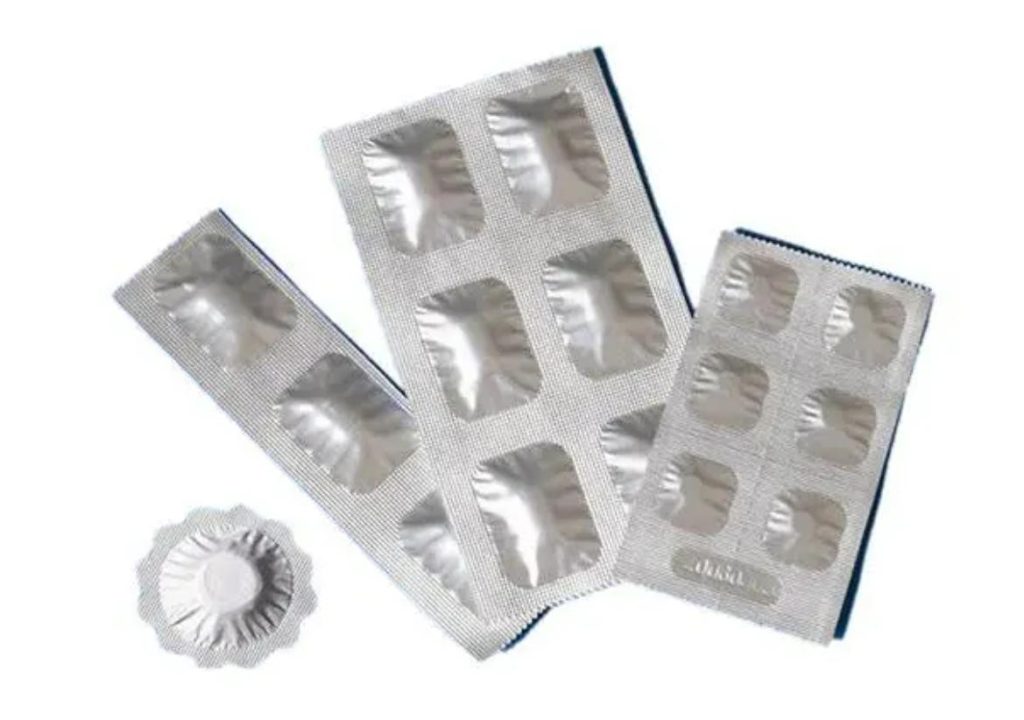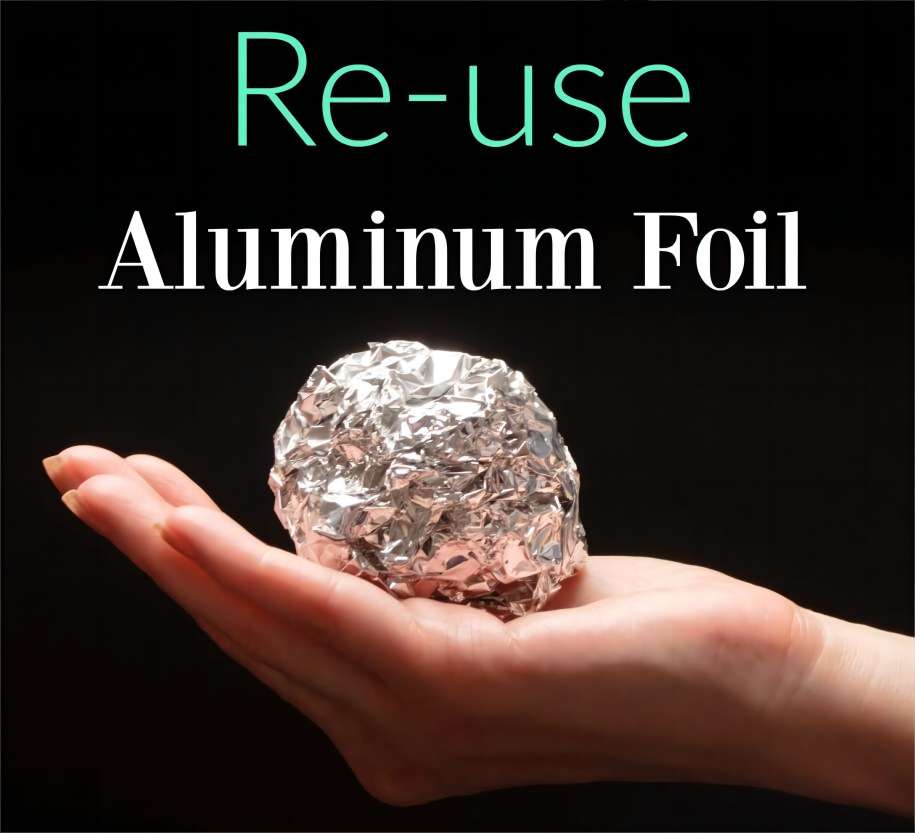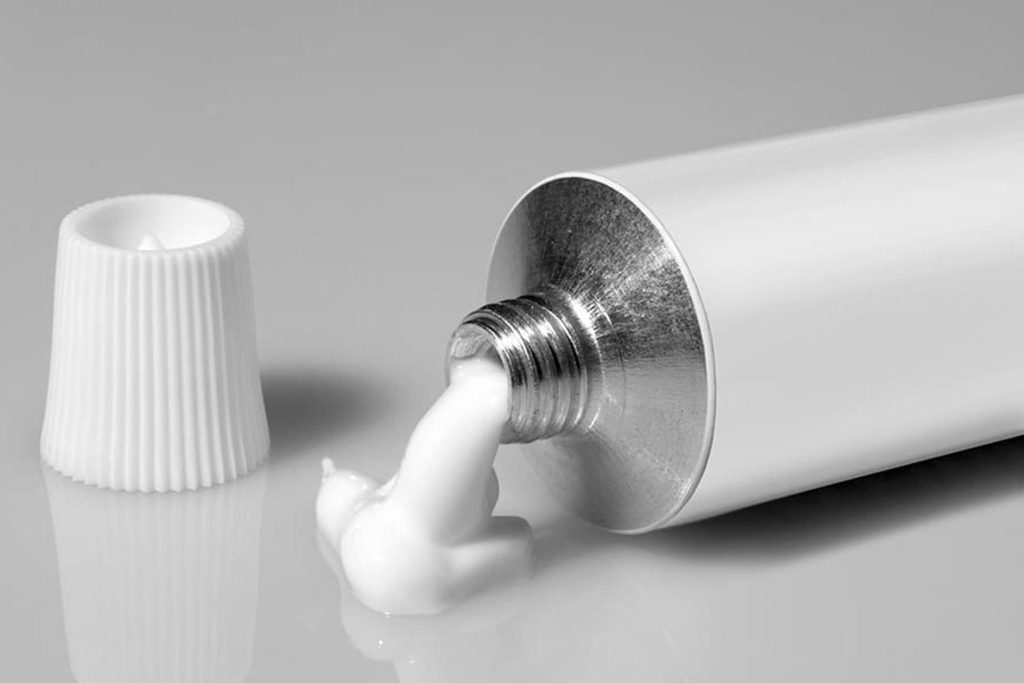Aluminum foil is a lightweight metal-based material produced in very thin thicknesses that can be easily formed for cooking, wrapping, covering, or lining processes when preparing or storing foods. It is a multipurpose item frequently used for a variety of domestic duties, many of which are connected to food preparation.
Application of aluminum foil in daily life
Most of us pack our homemade food in aluminum foil and carry it, whether we are packing lunch for the office or college, going on vacation, or organizing a picnic. As the name implies, aluminum, which possesses reflective qualities and serves as a barrier to light and oxygen, is what makes up aluminum foil. The foil then reflects the thermal energy back to the food, preserving its natural flavor, moisture, and aroma. It is frequently used to package dairy products and perishable foods for prolonged preservation. Aluminum foil can be used for more than just covering food; it can also be used to cover windows to keep a home warm in the winter and cool in the summer.
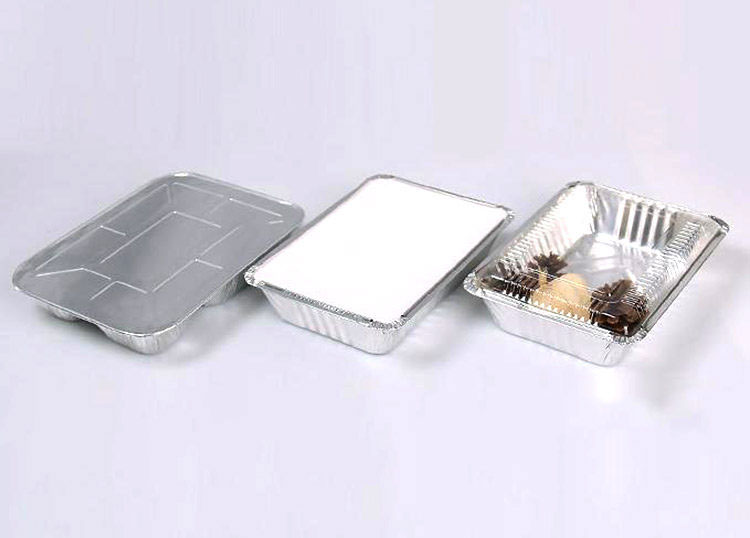
Application of aluminum foil in cooking
Since it is made of metal, it effectively serves as a vapor barrier to keep liquids and drippings off pan surfaces.
If the material is tightly sealed around the food, it works very well to reduce the transfer of moisture, the transfer of smells, and the transfer of vapor when used to wrap items for cooling or freezing. Food with freezer burn should be avoided by first wrapping it in plastic wrap before using foil securely wrapped around the plastic to keep out air.
To make cleanup simpler when capturing drippings from pies, fruits, meats, and poultry, line pans with foil.
Pie crusts and poultry skins are good examples of food areas to prevent overbaking because foil conducts heat efficiently in ovens or grills and can endure high temperatures. This allows the foods to cook slowly and fully without burning.
Cookies, for example, can have their bottoms made crispier by using foil. Cookie dough baked with a crispier bottom when placed on foil-lined baking pans that had been coated with cooking spray beforehand. As the cookie bakes, the dough somewhat expands out and the cookie gets crunchier as the temperature on the foil pressing up against the bottom of the cookie rises.
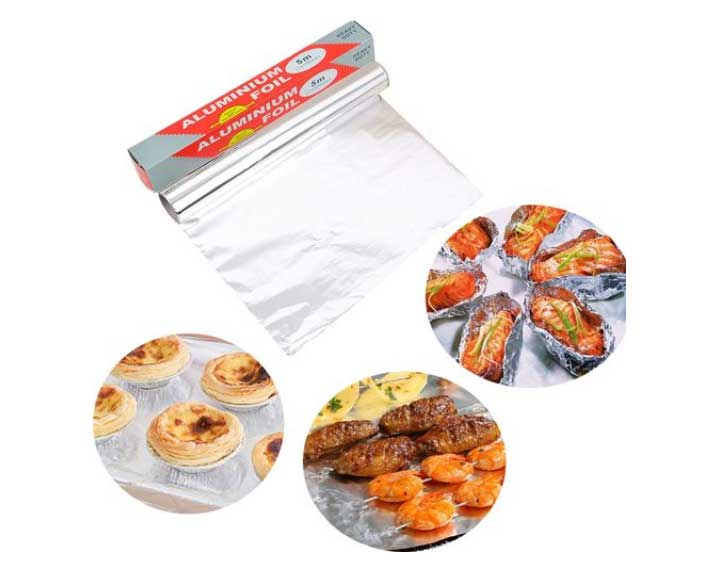
How Do Aluminum Foils Work?
Have you ever questioned how food is kept warm and whether it is really safe to keep food wrapped in aluminum foil for extended periods of time?
Although laying the aluminum foil directly on the item or meal doesn’t do anything to help, it does keep the food warm. The heat energy will travel within the foil if it is in contact with the object and may escape, but if the foil is placed a little apart from the meal, it may appropriately reflect the thermal energy back and preserve the freshness of the food. Therefore, you can add a few layers of butter paper to create air pockets before packing in a final layer of aluminum foil to prevent contact between the foil and the food.
Food wrapped in foil should be placed in fiberglass or ceramic tiffin boxes since aluminum is a poor insulator (a substance that prevents the transfer of heat). In addition to keeping things cold, it also keeps food warmer for longer. It serves as a barrier to air and oxygen, which can heat up cold or frozen food. In the end, it is beneficial since it keeps the food’s temperature, whether it is warm or cold.
Tips when using aluminum foil in cooking
When storing meals that contain vinegar, foods that are strongly salted, foods that are highly flavored, or foods that are extremely acidic, like tomatoes, the food ingredients may react negatively with the metal, causing it to break down and harm the food or leaving behind a blue residue.
An electrolytic reaction may take place when aluminum foil is wrapped around some metals, such as sterling silver, silverplate, iron, or stainless steel, causing the foil to break down and change its advantageous qualities.
In some cooking situations, aluminum foil works well, but not in all. Extreme caution is suggested if foil is to be utilized in any way during microwave cooking because it is a material that can spark and arc when large chunks are used for heating food. In some situations, a tiny amount of material can be used to cover only a small amount of surface area, but this is often not recommended unless it has been tried and done successfully in the past.
To collect spilled food, do not line the bottom of ovens on kitchen stoves with foil. Although the foil has good reflective qualities, using it in ovens could have a negative effect since the uneven heating that could result from these qualities could harm not only the food but also the stove.
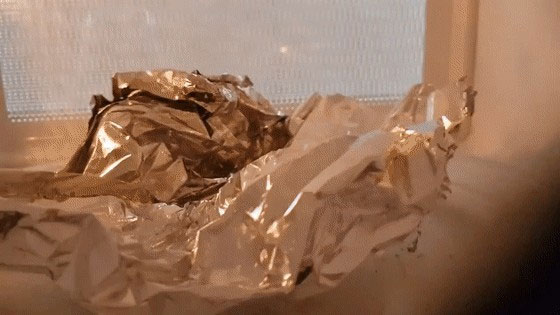
Since aluminum foil is manufactured, it naturally has 2 sides: one that is dull and one that is glossy. For common purposes of cooking, wrapping, covering, or lining operations when preparing or storing foods, neither side is typically noticeably superior to the other. It may be useful to use each side appropriately for cooking or storing foods, though, because there are two sides and the glossy side is a greater reflector of heat or cold. It’s only that the value difference is so slight that it’s probably not even detectable. Nevertheless, wrap meals that will be kept in a refrigerator with the shiny side out so that warmer temperatures are reflected away and kept outside the covered food. This is because the shiny side of foil will reflect heat better.
Similarly, if an item is being cooked, it may slow some of the cooking processes only slightly if the shiny side is on the outside of the item resulting in the heat being reflected. Alternatively, if you want the food you’ve wrapped to stay warm, wrap it with the dull side facing out so that heat will bounce off the shiny side and back into the food.


